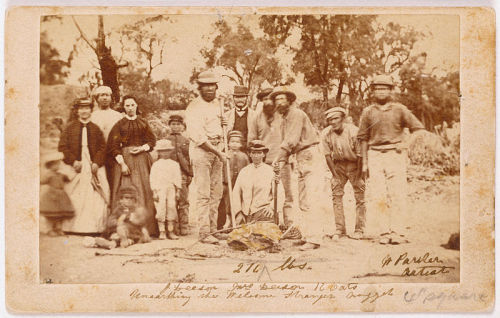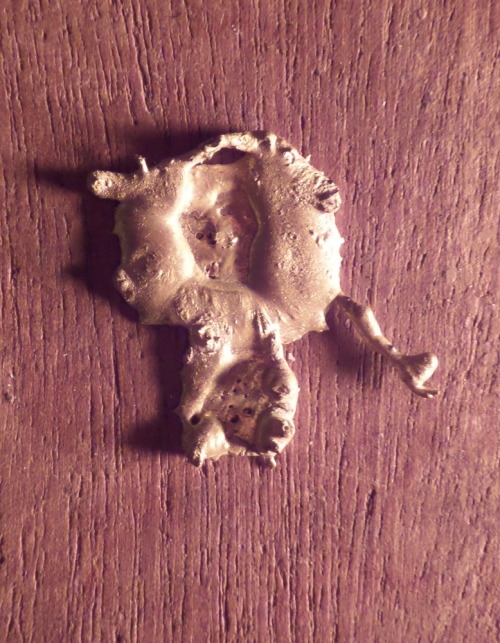#february 5th
Why February 5th is BRILLIANT
In the Wood
Today we want to tell you about a gold nugget that was found in Moliagul, Victoria in Australia on February 5th 1869. It was discovered by Cornish tin miners John Deason and Richard Oates and it is the largest nugget ever found. A nugget sounds like something small, like a booklet or a piglet, this was more of a ‘nug’. It was around 21 inches long and 10 inches thick. John and Richard were probably part time prospectors who spent the rest of their time farming their bit of land in Moliagul. They had moved there in 1862. It was a sparsely populated area, but nine years earlier there had been a rush which saw around five hundred people camping out in tents and looking for gold. During the 1850s and 60s, a vast amount of gold was discovered in the Victorian Gold Fields. One thousand tons is the total recorded estimate, though the true figure is probably twice that because some people preferred to keep their finds to themselves. Large nuggets were not uncommon, but the 1853 prospectors missed a bit.
On this day in 1869 John Deason was digging round the roots of a tree with a pickaxe when he struck something hard. He tried a little further away and hit it again, then a little further away. It was a large, hard object. He cleared away some of the soil, probably expecting to see a stone, but when he looked a bit closer, he saw the glint of gold. Clearing away more of the dirt, he saw that it was a huge lump of gold. It had been resting only a little over an inch beneath the surface. He tried to pry it out with the pickaxe. The pickaxe handle broke. One of the roots of the tree had grown through the nugget. He went back to the house to fetch his partner Richard, and a crowbar. They had walked over that spot many times. The previous gold prospectors had even camped there. Supposedly one of them had moved his tent because he couldn’t hammer the peg into the ground in one corner. Perhaps that’s just a tall tale, but it’s a good one and bears repeating.
When they got it out of the ground, they found it had quartz in it that was also flecked with gold. It weighed around three hundredweight. Unfortunately it was a Friday afternoon, the bank was closed and they had no choice but to keep it in their house over the weekend. During that time, they managed to keep their discovery a secret but also, by repeatedly heating the nugget on the fire and then cooling it, they managed to break off 72lb of quartz. On Monday, they took the quartz to be crushed and retrieved 60 oz of gold from it. On Tuesday, they and a few friends took it all to the bank in their wagon, hidden under the skirts of Mrs Deason. They were advised to take it to Melbourne, but it was a long way so they decided it was safer to take it to a nearby bank in Dunolly. Deason asked the manager what his price for gold was by hundredweight. The manager gave him the price per ounce. He said no, he wanted the price by hundredweight. The manager sent him away because he thought he was drunk. He returned shortly with his hundredweights of gold and laid it out on the floor to show the shocked bank manager. The scales at the bank were not big enough to weigh it. They had to put it in a wheelbarrow and take it to a blacksmith to be broken up. The total weight of the nugget was 210lb Troy, Within five hours, the whole thing was smelted down and made into ingots. It was found to be 98.61% pure. Most of it was sold to the bank for the sum of £9,000, though they did keep a little for themselves and their friends. The ingots were shipped off to the Bank of England.
Because it was broken up so quickly, there is hardly any visual record of the nugget, which is a shame, as we’d love to see the bit where the tree root grew through it. It does have a name though, it’s called 'The Welcome Stranger’. There is one drawing of it, and a single photograph of John, Richard and their friends and family standing proudly around it.
Our own gold prospecting attempts have been less successful and confined to a small river in Scotland, but we did once find some gold. It was in our house and it has a mystery attached to it, so we thought we’d share it. We can’t give you a date, it was some time back in the late nineties. We had been given some old roof beams from a demolished building. We still have some of them. Others, we used for fuel and burned them on the fire. One day, clearing out the ashes, we found the little splash of melted yellow metal you see above. It can only have come from the wood. We have no idea what is once was but have often speculated on how it came to be there. The building it came from was built in 1859 and was variously a workhouse, an infirmary, a maternity hospital and a psychiatric hospital. We’ll never know what it was drove someone to hide their precious golden something in the roof beams of the building, but we wish we’d spotted it before it melted.
Post link




